
Intel

AMD
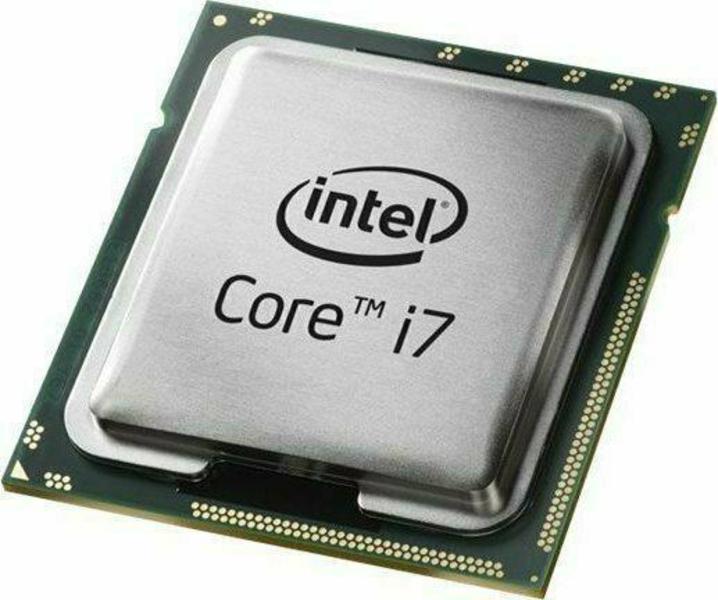





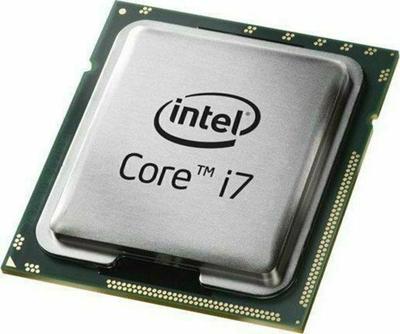

| Poor | Average | Good | Excellent | |
|---|---|---|---|---|
32 nm Best: HP AMD EPYC 7702 Processor lithography: 7 nm | ||||
4 Best: Intel Xeon Phi Coprocessor 7290 Number of cores: 72 | ||||
3.4 GHz Best: AMD FX 9590 Clock speed: 4.7 GHz | ||||
3.8 GHz Best: Cisco Intel Xeon E5-2609 Max turbo speed: 24 GHz | ||||




| Processor socket | LGA 1155 |
|---|---|
| Operating modes | 64-bit |
| On-board graphics adapter | yes |
|---|---|
| Type | Intel HD Graphics 2000 |
| On-board graphics adapter base frequency | 850.0 MHz |
| Thermal specification | 162.68 °F |
|---|
| Clock speed | 3.4 GHz |
|---|---|
| Max turbo speed | 3.8 GHz |
| Number of cores | 4 |
| Number of threads | 8 |
| Thermal Design Power (TDP) | 95.0 W |
| Processor lithography | 0.0 in |
| Bus type | DMI |
| Idle states | yes |
| Cache | 8 MB |
|---|---|
| Cache type | L3 |
| Maximum internal memory supported by processor | 32.0 GB |
| Memory bandwidth supported by processor (max) | 21.0 GB/s |
| Thermal monitoring technologies | yes |
|---|---|
| Maximum number of PCI Express lanes | 16 |
| Supported instruction sets | AVX |
| Execute disable bit | yes |

Lower-power, but with the same eight-threaded processing goodness
It was 2011 when Intel released Sandy Bridge, so we grab Core i7 2600K and revisit it in the year 2018, apply Windows 10 and compare that Core i7 2600K towards Ryzen 1800X and Core i7 8700K through o... Introduction
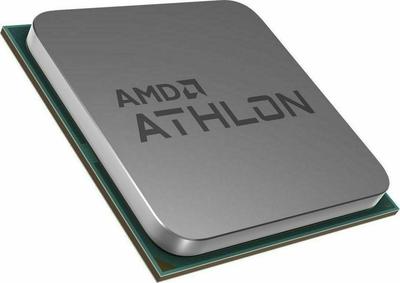 AMD
AMDAthlon 200GE
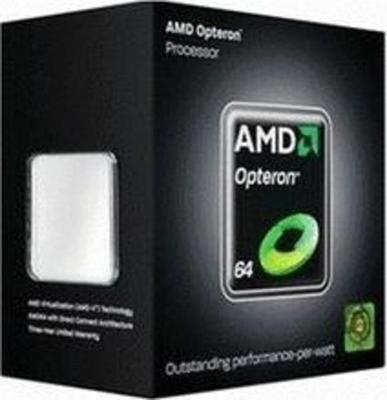 AMD
AMDOpteron 6328
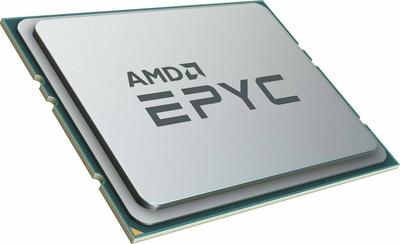 AMD
AMDEPYC 7351
 AMD
AMDEPYC 7702
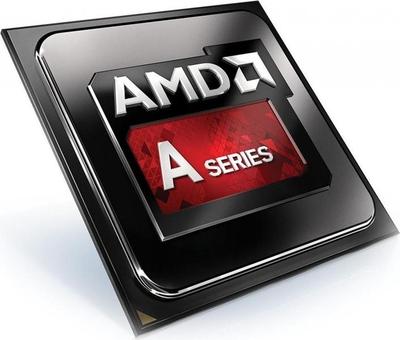 AMD
AMDA6 9500E
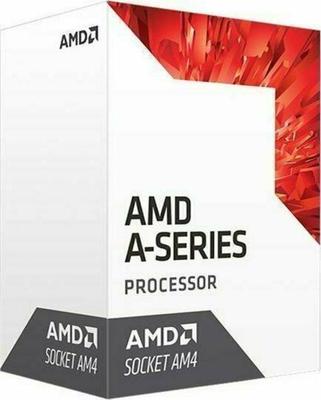 AMD
AMDA12 9800E


